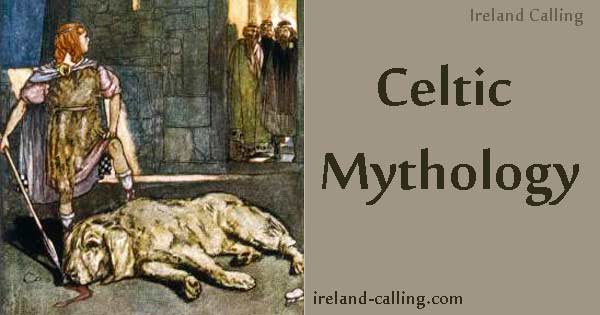Celtic mythology is rich in heroic stories, gods and goddesses, epic tales of love and betrayal together with elements of magic, spiritualism and even occasional humour.
Ireland is the richest source of these myths and legends. The reason is simply that it was isolated from mainland Europe for much of its history and so the stories remained intact, free from pressures exerted by other cultures such as the Roman Empire.
The legends derive from the stories and beliefs of people who occupied most of modern day Europe to the north of Italy and the Alps for several thousand years BC.
Click here to jump to the rest of this article
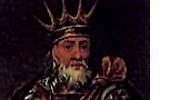 The Cycle of Kings took place between the 3rd century BC and the 11th century AD and features some fantastic stories about the Irish kings, some real and some mythological.
The Cycle of Kings took place between the 3rd century BC and the 11th century AD and features some fantastic stories about the Irish kings, some real and some mythological.
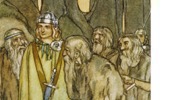 The Fenian Cycle is a collection of stories that relate to the ancient Irish warriors, the Fenians. They were elite warriors from various clans, brought together by the High King of Ireland.
The Fenian Cycle is a collection of stories that relate to the ancient Irish warriors, the Fenians. They were elite warriors from various clans, brought together by the High King of Ireland.
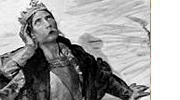 The Mythological Cycle is a series of stories about the ancient Irish Gods. They date back thousands of years to the pagan times.
The Mythological Cycle is a series of stories about the ancient Irish Gods. They date back thousands of years to the pagan times.
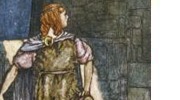 The Ulster Cycle is a collection of ancient stories that are said to have taken place in medieval times in what is now Counties Armagh, Down and Lough.
The Ulster Cycle is a collection of ancient stories that are said to have taken place in medieval times in what is now Counties Armagh, Down and Lough.
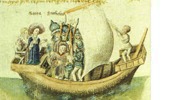 The Book of Invasions was written by scholars in the 11th century. It was presented as a historical document but scholars today say it is totally mythical. It tells the stories of peoples who invaded Ireland over a period of thousands of years.
The Book of Invasions was written by scholars in the 11th century. It was presented as a historical document but scholars today say it is totally mythical. It tells the stories of peoples who invaded Ireland over a period of thousands of years.
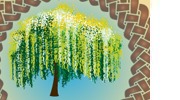 Trees played a big part in the lives of the ancient Celts. Each different tree held a spiritual significance to the ancient clans.
Trees played a big part in the lives of the ancient Celts. Each different tree held a spiritual significance to the ancient clans.
‘Celt’ meant a people north of the Greek empire
Celts weren’t a unified nation in the modern sense. They were made up of numerous tribes that spoke similar languages. By the 5th century BC, they had reached Brittany in northern France, Ireland and Britain.
The name Celt derives from the Greek word keltoi. It dates from the time when the Greeks were the most advanced nation in Europe. They used the word keltoi to describe the people to the north who were outside the Greek empire and sphere of influence.
When the Romans came to dominate Europe, they referred to the keltoi as gauls.
Irish monks helped preserve Celtic myths and legends
It’s clear from Roman writings that the Celts had their own complex and sophisticated belief systems involving various gods, goddesses, heroes and villains.
However, the Celts passed on their stories by word of mouth through the generations. As the Roman Empire spread northward eventually reaching Britain, most Celts were absorbed into the Roman Empire.
They adopted Roman beliefs and their Celtic tradition started to die away. As they had never written anything down, these Celts left hardly any clues about their beliefs and way of life.
However, the Romans never got as far as Ireland and so the Celtic traditions lived on and even survived the coming of Christianity in the sixth century.
At this time, Celtic Mythology was still an oral tradition. As Ireland became fully Christian the Celtic beliefs might still have died out had it not been for the work of Irish monks. They began writing down the ancient stories. It’s thought many of their manuscripts were destroyed over the years but some remain.
Four cycles of Celtic mythology
Scholars have since divided the stories in these manuscripts into four main groupings.
The Ulster Cycle – this is probably the best known and most popular cycle. It contains the famous Cattle Raid of Cooley, known in Irish as Táin Bó Cúailnge, and relates the adventures of Ireland’s best known mythical hero, Cuchulainn.
The Fenian Cycle – this tells the story of the Fianna, bands of Irish warriors, as they travel across Ireland to seek their fortunes. This cycle features the legendary Finn MacCool – Fionn mac Cumhaill in Irish.
The Mythological Cycle – this wide ranging cycle is full of stories of Celtic gods and goddesses and of the many invasions of Ireland by different tribes such as the Fir Bolg and the Tuatha de Dannan.
The Cycle of Kings – this is a more loosely arranged cycle of stories about Ireland’s kings, both historical and mythical with the two often blending into each other.
To this list, we could also add The Book of Invasions – known as Lebor Gabála Érenn in Irish. It was compiled by scholars in the 11th century as a history of Ireland from biblical times.
The work of Irish monks in writing down these stories means that Ireland can now offer the world a vast array of Celtic myths and legends.
